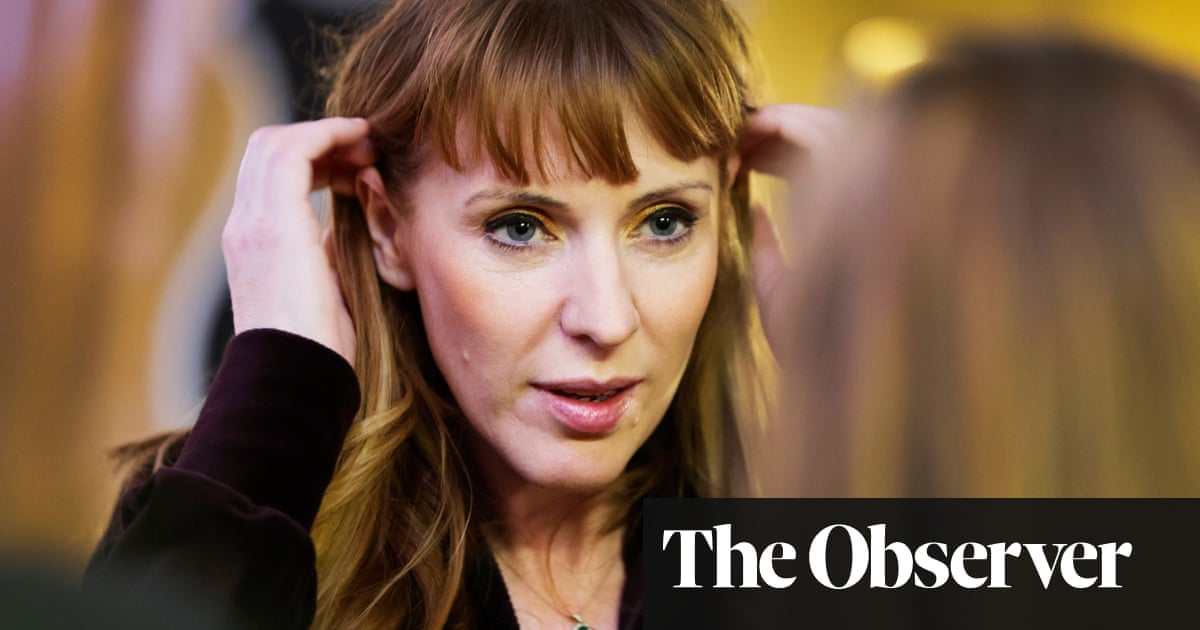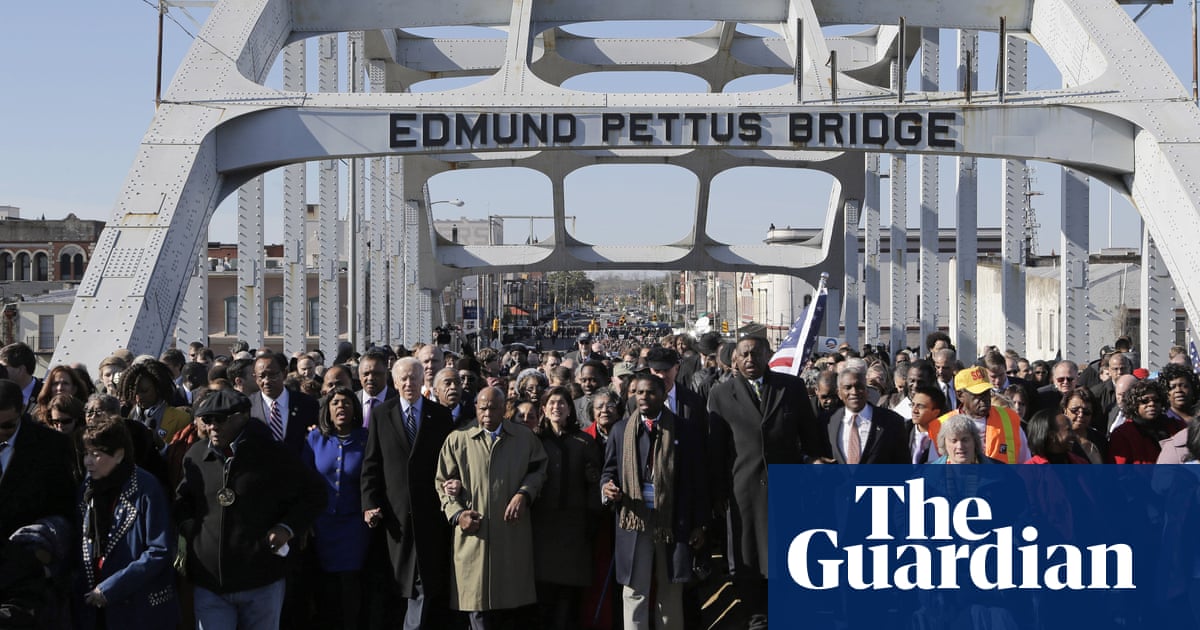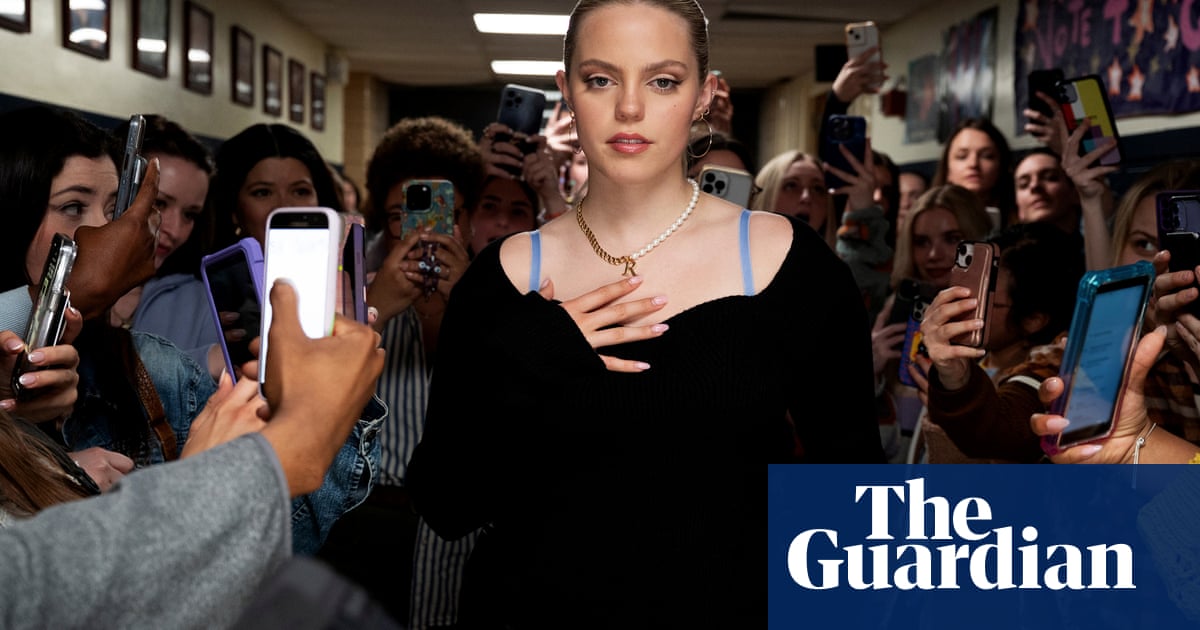
In a plastic box in the back of my wardrobe is the most precious thing I own. Not my old engagement ring, though that is there, or some but not all of my children’s baby teeth. In this box is a single sheet containing the image of a blond girl, about 11 years old, half-smiling at a stranger. A treasured possession: it’s the only school photo I haven’t lost yet.
While it’s recognisable as a photo of my kid, who’s now 20, it’s not exactly like her. She’s smiling in a way I’ve never seen, as though someone has just explained to her that the corners of her mouth are allowed to turn up. Her hair is parted at the side instead of the middle. The top button of her polo shirt is fastened, which I know irritated her to the point of tears.
And yet I cherish it.
Now, I’m saying “photo” as though I mean singular but obviously that’s not right. I have this one, measuring a fairly standard four by six inches. Then I have exactly the same Uncanny Valley version of my daughter in a variety of other formats: four wallet-sized; eight passport-sized; several door hangers; and a laminated calendar designed to be used as a bookmark.
I can’t remember how much I paid for them. Let’s call it “less than a car”. But there was never any question of not buying them. I knew I was going to fork out a bunch of money, and I knew I would be a little bit mad about it, and still I jumped at the chance to give them my credit card and a back-up credit card.
I’m a sentimental sort but I felt certain this phenomenon wasn’t limited to me. I know heaps of parents who lament the school photo process while also having filing cabinets full of the things.
Sign up for a weekly email featuring our best reads
So I polled Twitter about it. Have you ever bought school photos? I asked. Boy, have we. Of more than 400 respondents, 69% said always and 26% said sometimes. Only 5% of people never buy them. Interesting, I said, and Do you think they’re good value? A resounding no: more than 75% said they were too expensive.
What I found interesting wasn’t that we think they’re too expensive but if we think they’re too expensive, why do we keep buying them?
The economics of school photos
The Twitter poll provided some clues: 67% cited sentimental reasons, while 26% felt they should. Maybe, I speculated, it’s a value judgment. Good parents, whoever they are, buy school photos. If Ella’s mum is doing it, you can’t not. Also, in a minute your kid will have finished school and you won’t remember exactly what they were like even if you think you will, and this picture will be all you have left of that young person you loved. Which is absolutely not true, because you have a camera in your pocket now, but it’s still kind of true.
Needing more insight, I hassled Brett Scapin, a photographer and former primary school teacher. His photography is different – he takes the candid snaps that end up on school websites and billboards – but he has spent a lot of time in classrooms and, as a teacher, having his school photo taken (something, he tells me without irony, he found exciting).
“I feel like there’s a good reason they exist and are the way they are, still, after all these years,” he says. I immediately recognise this as true: my children’s photos look just like mine look just like my mum’s. “You like how constant they are. There needs to be that consistency from year to year so you can compare.”
In that way, he reckons, school photos might be a kind of flipbook, you can start in prep and rapidly watch your child age until they’re just BO and grunts. They’re not designed to be beautiful. Maybe they’re more like a war record.
“I’m sure some people think they could take a better photo but I don’t think they could do a better school photo,” he concludes.
There’s an art to the school photo that’s often missed, he says. The school headshot requires diligence and patience through repetition. The expectation is that this won’t be the best photo ever taken but it will be my kid, in this moment, marking another year of their priceless life.
That explains why we buy them. But to try to answer the question of cost, I spoke to Cat*, who has been the person behind the camera, about what goes into school photo day.
A team would arrive at school by 6am, allowing an hour to set up. Before the bell rang, they took staff photos and sibling portraits, then got down to the business of photographing every. single. child. These photos, she explains, aren’t just for us to pass along to doting grandparents but are also used for student ID, and probably for taping up inside the tuckshop with a “DON’T LISTEN! SHE’S NOT GOOD FOR IT” note.
“We would often have parents trying to take photos of their kids with their phones using our backdrops, which my bosses hated,” Cat says. “Obviously because they’d lose sales if they allowed it.”
As Scapin suggested, there is an art to it.
“Getting kids you don’t know to relax and smile is both difficult and easy,” Cat says. “They’re all so different in terms of their self-esteem and confidence, just like adults are. I’d always make an effort to find one thing to compliment them on – usually their shoes, earrings, hair – and I’d notice they walked away happier.”
After the photos were taken, they went back to the office on USB sticks, where a dedicated team did the image processing. That involved cropping everything so all the images looked the same, and did not – despite reports – involve adding false eyelashes or removing pimples unless parents specifically requested it. Another team processed orders, Cat’s team did the printing, and everything went back to the school to be distributed and subsequently cherished and/or lost.
“The cost is basically because of the running costs of photograph companies: staffing costs, equipment, printing, etc,” Cat explains. All in all, a hefty volume of people and equipment are involved in making school photo day a success.
As for the push to give us 48 versions of the same photo, it’s a simple matter of economies of scale. When he’s not in schools, Scapin is a wedding photographer, and says that industry works on the same basis. The cost of producing one beautiful print is mostly in the set-up, so adding extras creates a higher profit margin.
Plus, what if your child moves out of home and all you have to remember them by are 800 pictures that fit in your wallet and not even one fridge magnet?
My kids are grown-ups now so school photos are relics. I’ve lost so many I can’t use them as a flipbook, and I forgot to give them to the grandparents. But sometimes I still pull out this one remaining shot, my little kid diligently seated on a wooden box, and think, there she is.
And my second mortgage doesn’t seem so bad.












